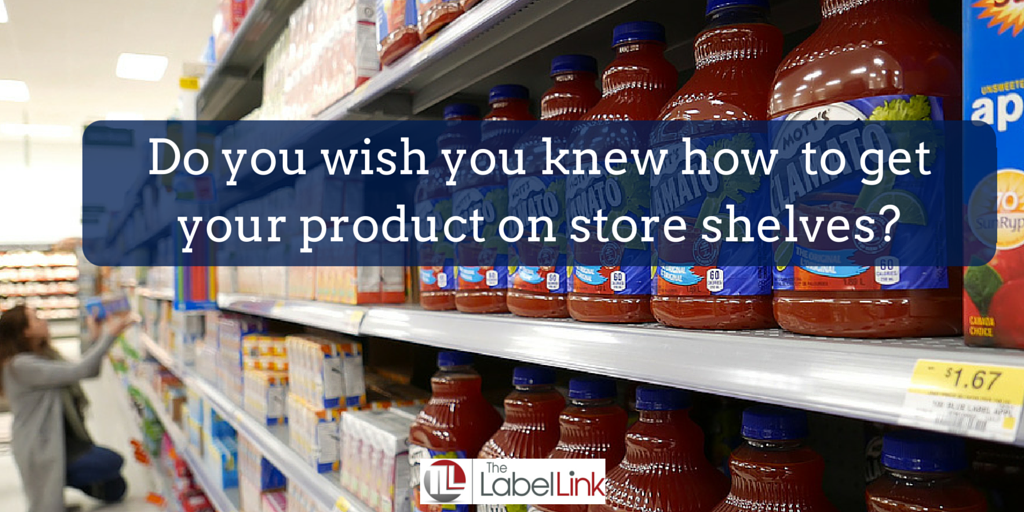
How to Get Your Product on Store Shelves Now
Congratulations! You’re in the final stages of putting together your product and now it’s time to sell. The next step is to get your product on store shelves.
This is a final hurdle that many businesses struggle to jump over. Retailers are approached daily by companies wanting a spot on their coveted shelves. Getting your product chosen out of the hundreds vying for the same shelving space is no easy feat.
Here are six steps to increase your chances of getting your product approved.
1. Keep it Small
Real estate on store shelving is tight. Retailers pack in as many products as they can to maximize their space and make the most money. The smaller you can keep your product packaging, the better.
To get a better gauge of what kind of packaging the retailers you’re going after approve more often, visit their store. How are products in your industry displayed? If they’re stacked on the shelves, is your product packaging sturdy enough to handle the process?
2. Design the Right Packaging and Labels
Another important consideration to make is how well your packaging and labels fit in with what the retailer currently has on its shelves. There are specialists who work with specific retailers and in specific industries to design product packaging. If you’re concerned your product won’t fit in on the shelves, it is worthwhile to hire one of these people to help.
3. Learn More About the Retailers You’re Targeting
You’ve already done plenty of research on your target market, but what about your target retailers?
Getting to know the retailers you’re hoping to woo will help you when pitching your product. Look for clues to improve your pitch, such as their buying cycles, where the top decision makers network and other buyer information. You might have to ship your product to buyers in other states, which can prolong the wait time. Knowing this in advance will help you form your launch plan.
4. Get Your Product Codes
As you’re designing your labels, you’ll need to include your product codes. Each product has a universal product code (UPC). You will get this 12-digit number and barcode from GS1 US, which is a non-profit organization creating these standard UPC numbers for businesses. There is a small fee to join and an annual maintenance fee, but it’s important to have this for each one of your products.
If cost is a problem, there are brokers who sell cheaper UPCs. These don’t belong to you but they are acceptable to use if you’re only putting your products on the shelves of smaller retailers. Larger retailers require you to have your own, unique UPCs so going through a broker won’t be an option.
5. Nail Your Specific Costs
Everything adds up quickly. From the cost of acquiring your product codes to shipping your product to the various retail stores, you have a lot of expenses.
Most retailers will ask you for the exact cost per unit. This cost includes factors beyond your manufacturing costs. It’s important to include all costs associated with your products when quoting the retailer.
6. Protect Yourself
If your product is ultra unique, you might want to have a non-disclosure agreement signed before you pitch a retailer. However, you might be out of luck. Many times, having a non-disclosure agreement signed is not an option. Retailers see too many products to be able to sign these agreements ahead of time.
Instead, it’s important to talk to a trademark attorney. Protect your label designs, logos and any other patent-worthy attributes about your product before you ship them to retailers.
Not sure if this is a necessary step for you? When in doubt, talk to your attorney first.
Question: Have you ever struggled to get your product on the shelves?
The first step toward making big sales from brick and mortar stores is getting your products on the shelves. Although it seems like there are a lot of hurdles to cross (and there are) the process is well worth every step. Go through carefully to ensure you’re not missing any important items. If you do, you’ll delay the process and slow your money making period. Follow these six steps closely and you’ll maximize your chances at having your product approved!
